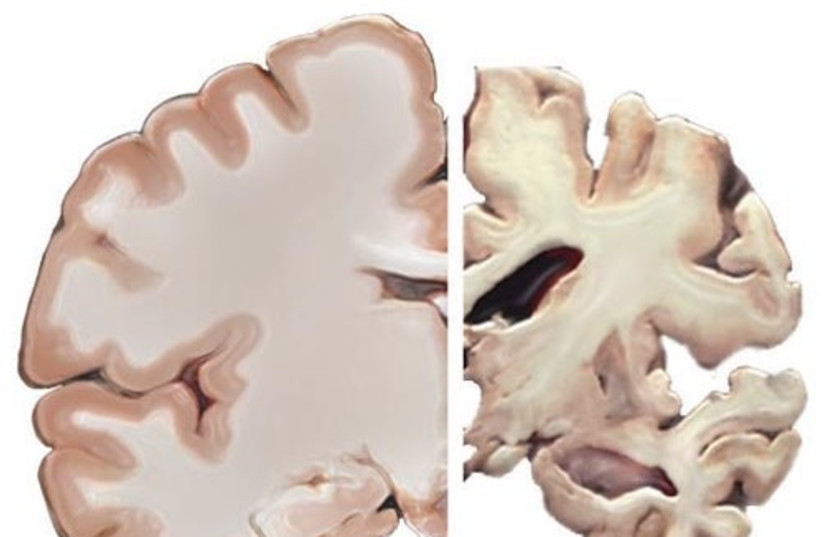Really understanding how someone else experiences something has always been of great interest but hard to attain. Is the redness you experience the same redness I experience? How can we see through someone else’s eyes?
We cannot inhabit each other’s minds. But now, brain imaging expert and senior research associate Dr. Moti Salti of the department of cognitive and brain sciences and the Zlotowski Center for Neuroscience at Ben-Gurion University of the Negev in Beersheba and cognitive specialist Dr. Dafna Bergerbest are proposing a novel framework to objectively compare subjective experiences and reveal the underlying brain activity.
The researchers have just published their innovative framework in the journal Perspectives on Psychological Science under the title “The Idiosyncrasy Principle: A New Look at Qualia.”
Qualia is the name for the individual subjective experience. According to the proposed idiosyncrasy principles, people use different attributes of the physical world in an idiosyncratic manner to build their subjective experience of it. This transfer function from the physical world to the subjective experience is extremely hard to map, as we lack objective criteria for the subjective experience.
“In the study of consciousness, qualia is neglected. It remains impenetrable because the objective perspective used for scientific investigations misses its subjective nature. In 1974, Thomas Nagel suggested that studying qualia requires an ‘objective phenomenology method’ whose goal would be to describe the subjective character of experiences in an independent manner. We introduce a corresponding theoretical and experimental framework based on the ‘idiosyncrasy principle,’ the researchers wrote.
They suggest focusing on numerosity (the subjective experience of quantity), a field in which criteria can be established. Bergerbest and Salti propose a research plan that makes possible the mapping of the individual transfer functions, both at the behavioral level and at the neuronal level.
“The main challenge in delineating such a transfer function is to come up with an objective measure for another person’s perspective. Numerosity, as opposed to other perceived contents of the physical world, allows reporting subjective experience in an objective manner.
“On the basis of this unique attribute of numerosity, we suggest a tentative neurocognitive research plan aimed at delineating such idiosyncratic transfer functions, permitting one person to adopt the perspective of another and linking qualia to its mechanism,” they continued.
“If you throw 20 beans on a table and ask two people to tell you how many there are, one might tell you 22 and the other 18. We aim at revealing and quantifying all the parameters that underlie this subjective experience. Once we delineate these individual transfer functions, we can compare one to the other,” explained Salti.
The goal is to construct a map of the brain that will show how the brain processes subjective experiences and provide objective criteria to examine these subjective experiences and compare them.
“Researchers studying consciousness should consider an additional path. Rather than describing the redness of red, we suggest starting with the ‘seventhness’ of seven,” they wrote in the paper.
“To sum up... the principle aims to study qualia on an individual basis. When considering other contemporary fields of research, we can see more and more of them leaning toward individual-based research,” they concluded.
“For example, in the medical field, we see the recognition of the benefit of personalized treatments, and in the educational field, we see the realization that a personalized educational approach holds abundant prospects. It is baffling that such an approach was not taken so far in the study of the most personal qualia.”

